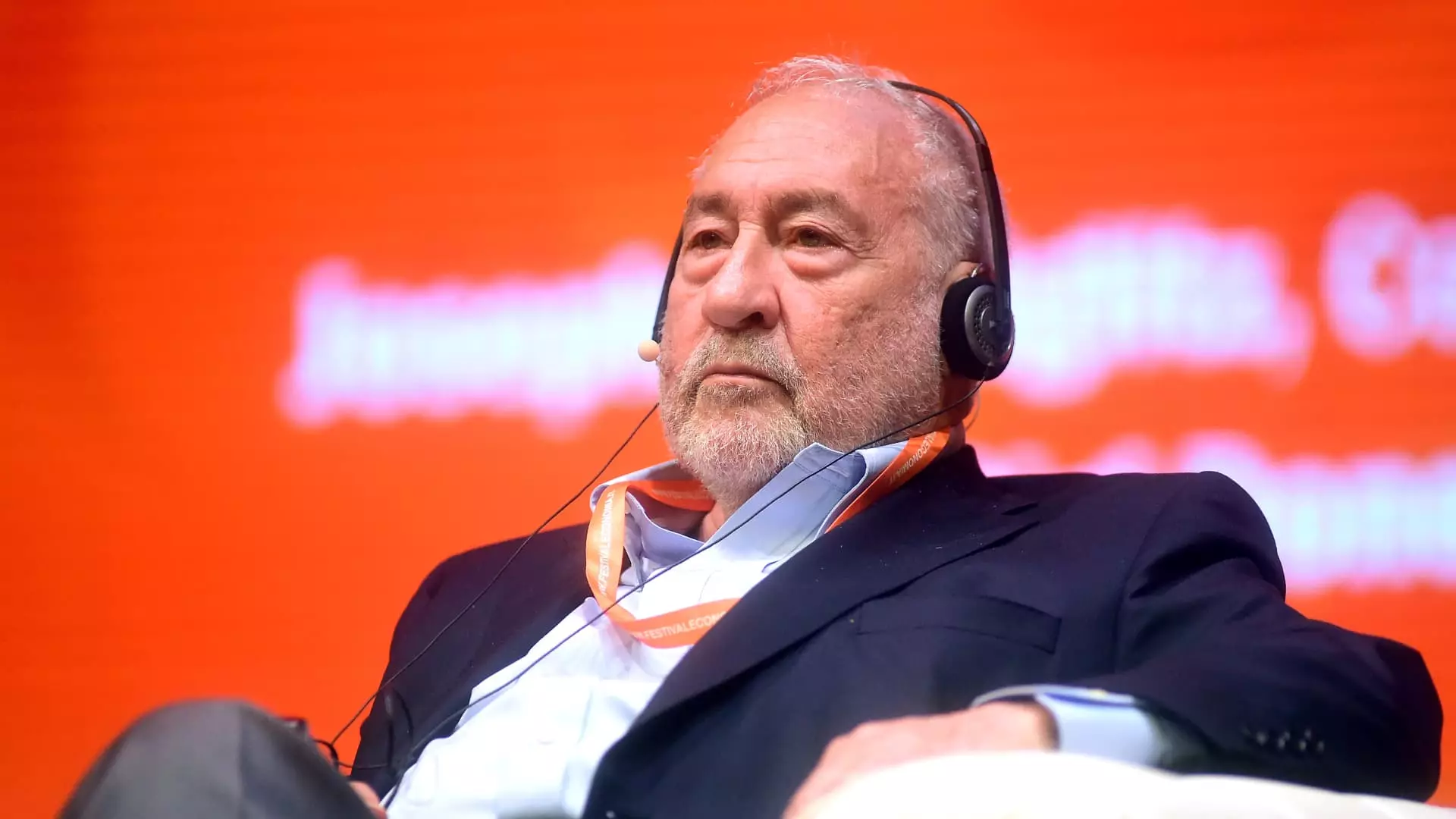Nobel Prize-winning economist Joseph Stiglitz recently criticized the Federal Reserve, advocating for a more aggressive approach to monetary policy. Stiglitz argues that the Fed has been “going too far, too fast” with its tightening policies, exacerbating the issue of inflation in the process. This call for a half-point interest rate cut comes ahead of the highly anticipated release of the U.S. jobs data. The August nonfarm payrolls count, set to be unveiled on Friday, will provide insight into the potential size of the upcoming rate cut by the Fed.
While most strategists anticipate a 25-basis-point rate cut at the Fed’s meeting on September 17-18, there is an increasing trend towards predicting a larger 50-basis-point reduction. The adjustment in interest rates is a response to the challenging economic environment. Stiglitz’s perspective aligns with other noteworthy economists, such as JPMorgan’s chief U.S. economist, who support the notion of a substantial rate cut to counteract existing economic imbalances.
Stiglitz’s criticism of the Federal Reserve’s approach stems from their rapid increase in interest rates, which he deems unnecessary and counterproductive. The prolonged period of near-zero interest rates following the financial crisis has had unintended consequences, including a detrimental impact on inflation. Stiglitz argues that the focus on combating inflation has led to policies that hinder housing market growth. By raising interest rates, the Fed has made it more challenging for real estate developers and homeowners to address the housing shortage. Stiglitz proposes that a more balanced approach, such as a sizeable rate cut, could mitigate inflationary pressures while promoting job creation.
Despite Stiglitz’s compelling arguments, the Federal Reserve declined to comment on the matter, indicating that the decision on the interest rate cut remains uncertain. However, market participants are actively pricing in the likelihood of a rate reduction at the upcoming meeting. Following the recent release of the Job Openings and Labor Turnover Survey, which revealed a decline in U.S. job openings, expectations for a rate cut have intensified. The current market sentiment suggests a significant probability of either a 25 or 50-basis-point reduction in interest rates.
While there is growing support for a substantial rate cut, not everyone in the economic community agrees with this approach. George Lagarias, chief economist at Forvis Mazars, cautions against a hasty decision, advocating for a more conservative quarter-point reduction. Lagarias warns that an aggressive rate cut could send disruptive signals to the markets and create unnecessary urgency. The potential ramifications of a significant rate reduction underscore the importance of carefully evaluating the course of action by the Federal Reserve.
The debate surrounding the Federal Reserve’s interest rate cut reflects the complexities of monetary policy and its implications for the economy. While Stiglitz and other economists advocate for a bold approach to address inflation and unemployment concerns, there are dissenting voices urging caution and moderation. The upcoming Fed meeting will be pivotal in determining the course of action, highlighting the challenges and uncertainties that policymakers face in navigating the current economic landscape.

